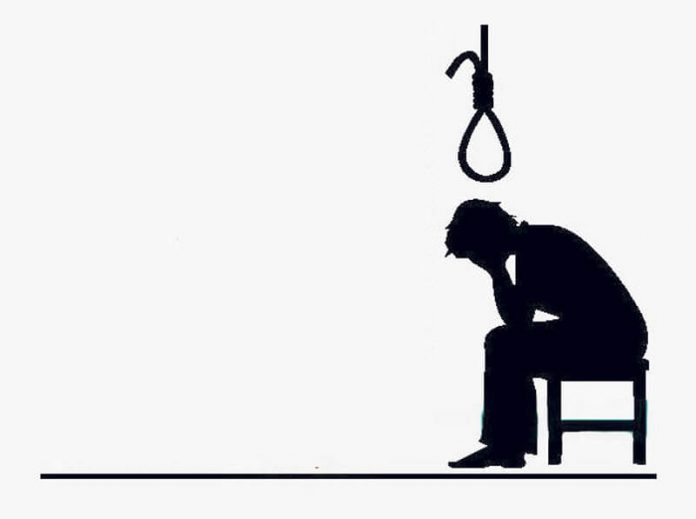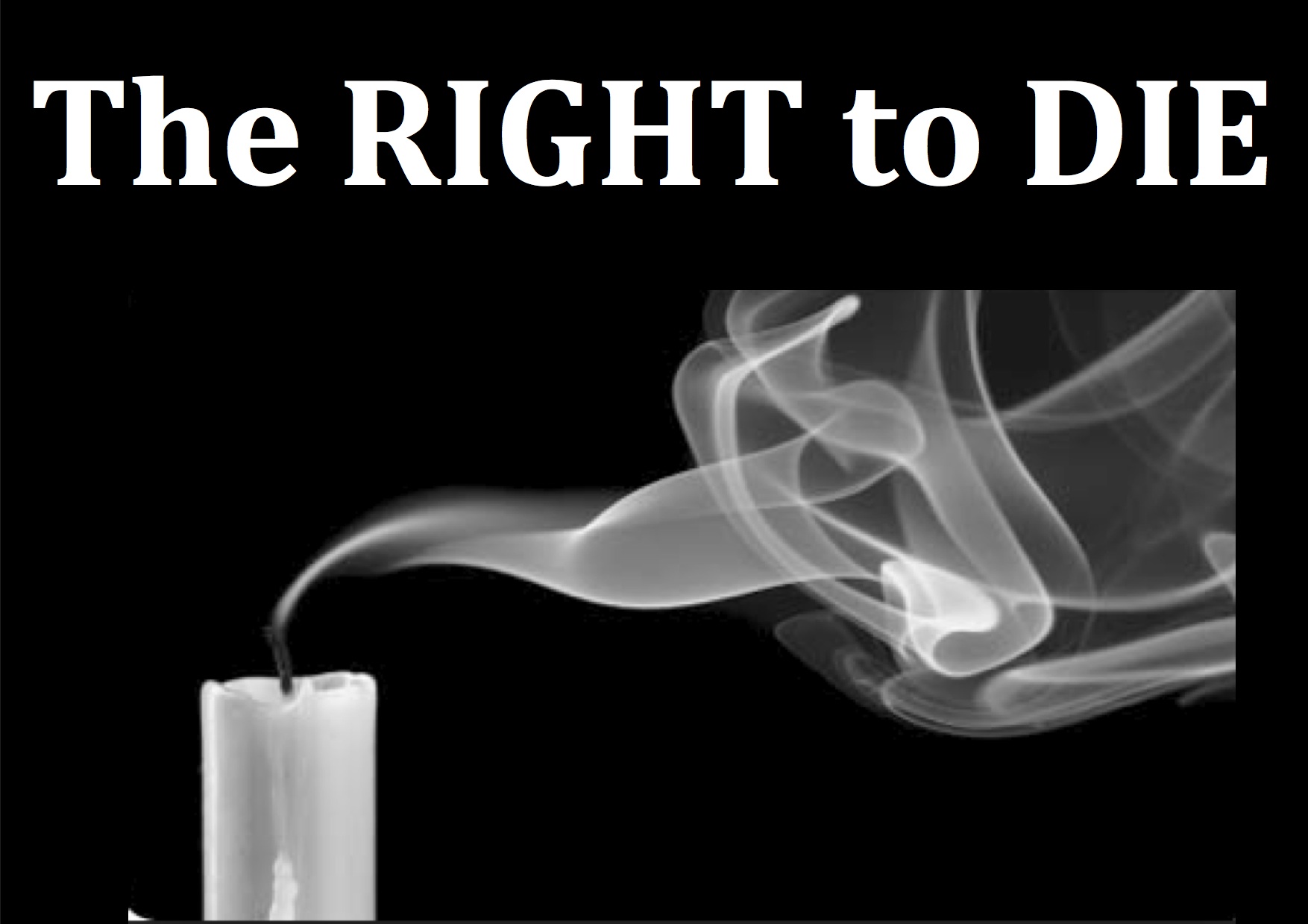SuidThis article is written by Vedant Saxena from Rajiv Gandhi National University of Law, Punjab. It tries to explain that suicide is a sociological phenomenon, and why steps like care, treatment, and rehabilitation are more viable than punishment.
Table of Contents
Introduction
The present world is suffering from many problems that can be solved through the scientific study of society. The subject of sociology attempts to study social problems through the methods of scientific research and to find out solutions to them. The scientific study of human affairs will ultimately provide the body of knowledge and principles that will enable us to control the conditions of social life and improve them.
The issues of suicide and mental health have literally blown out of proportion over the past few years. Recent data released by the National Crime Record Bureau had shown that India reported an average of 381 deaths by suicide daily in 2019. As many as 1,39,123 people died by suicide in India in 2019, marking a 3.4 percent increase compared to 2018. The incidents of suicide due to mental illness were considerably high in males.
Mental health thus exists as an extremely sensitive topic in the country. For a long time, a number of factors have been brought up in order to explain why people commit suicide- psychological, biological, genetic, climatical, geographical, etc. Emile Durkheim, a household name in the field of sociology, discovered that suicide was more common among specific groups in society. Based on his findings, he concluded that suicide was a direct consequence of society and social facts. He intended to throw light on the evil which threatens modern industrial societies, that is, “anomie”. He considered suicide as an indication of the disorganization of both individuals and society.
The futility of punishment
This study proves that employing force to inhibit the rates of suicide is bound to be more or less fruitless. Most people commit suicide as a result of detachment from society. Such individuals feel left out and develop a severe inferiority complex. They do not seem to be perturbed by punishment, and therefore, punishing an attempt to commit suicide may not prevent the person from committing such an act in the future.
Punishment is meant to induce fear in the minds of the victim and the others that would restrain them from committing such acts in the future. If the victim himself is unconcerned about the severity of the punishment, other solutions need to be found out. Fortunately, the Indian legislature recognized this aspect and passed the Mental Health Care Act 2017 on 7 April 2017. However, although the act has reduced the effectiveness of Section 309 of the IPC (attempt to commit suicide) to a great extent, the section has still not been repealed. For the layman, suicide is still a punishable offence.
Durkheim’s theory of suicide
Emile Durkheim, considered to be one of the primary architects of modern social sciences, opted for a sociological approach to study suicide. After collecting large samples of data, he reached a conclusion a suicide was not an outcome of factors such as climate, genetics, biology, psychology, etc. He completely refuted such conceptualizations of suicide, as were discussed by earlier scholars. Rather, he blamed social factors to be responsible for the occurrence of suicide.
Durkheim’s theory of suicide brought about a landmark change in understanding the question as to what prompts a person to take his own life. His theory has rightfully been cited as “a monumental landmark in which conceptual theory and empirical research are brought together”.
Social facts: The primary cause of suicide
Durkheim’s conceptualizations of suicide seem to be a direct outcome of his theory of social fact. According to him, the social fact is a phase of behaviour, either thinking, or acting, or feeling, which is thrust upon individuals by society. Basically, society plays a decisive role in influencing the way an individual goes about his life. Whether it be norms, customs, traditions, or social structures, individuals unconsciously level themselves in conformity with the prevailing societal conceptualizations, in order to be socially accepted.
Using empirical data, Durkheim discovered that suicide is more common within certain groups of individuals, through different periods of time. Those individuals or groups, who possess a lack of social integration, i.e., those who feel a sense of deprivation or detachment from society, are more susceptible to committing suicide than others. According to Durkheim, this usually occurs when an individual does not or is not able to abide by social facts. Such individuals are outcast by society, and they eventually lose their sense of belonging with the other members of society.
Suicide rates: Protestants versus Catholics
Durkheim found out that suicides among Protestants groups were more common than those among Catholics. The reason being, Catholics possessed stronger religious and social ties, which kept their members engaged and bound by society at all times. Durkheim’s evidence was based upon 19th Century data. At that time, virtually everyone adhered to a religious denomination and religion pervaded virtually all aspects of life. In Prussia, both Protestants and Catholics were non-minorities living together in one state and the two religions give a basis for comparison.
However, this trend appears to still hold. Professor Sascha Becker from the University of Warwick’s Centre for Competitive Advantage in the Global Society (CAGE), published a paper in 2012 entitled “Knocking on Heaven’s Door? Protestantism and Suicide”. In order to materialize this paper, Professor Beker, along with his co-author Ludger Woessmann collected Prussian data from the 19th and 21st centuries. They obtained this data from the Organization for Economic Cooperation and Development (OECD). Analyzing it, Professor Becker found out that the suicide rates among the protestants are still almost 3 times as high as those among the Catholics. Describing this lopsided figure, Professor Becker said: “When life hits hard, a Catholic can rely on a stronger community which might help him to cope. Secondly, Protestantism stresses the importance of God’s grace alone and not by any merit of man’s own work, whereas Catholicism allows for God’s judgment to be affected by man’s deeds and sins. As a consequence, committing suicide entails the prospect of foregoing paradise for Catholics but not for Protestants”.
This proves that religious and societal ties have an enormous impact on its members’ psyche. The weaker the ties, the greater the feelings of detachment, the greater are the chances of suicides occurring.
Suicide rates: Men versus Women
Major depression is the primary cause of half of all suicides. Women are twice as likely as men to experience major depression, yet women are one-fourth as likely as men to take their own lives.
A survey conducted by the Adult Psychiatric Morbidity (England) in 2007 found that 19% of women had considered taking their own life. For men, the figure was 14%. But of the 5,981 deaths by suicide in the UK in 2012, more than three-quarters (4,590) were males. In the US, of the 38,000 people who took their own lives in 2010, 79% were men. The reason for this lopsided trend may be because men value independence and decisiveness, and they regard acknowledging a need for help as weakness and avoid it. This causes them to feel more and more disintegrated from society, from their loved ones. On the other hand, women value interdependence, and they consult friends and readily accept help.
Suicide rates: Married versus unmarried
Studies have shown that married persons experience lower suicide rates than single, never married people, and that divorced, separated and widowed persons have the highest rates. One of the most prominent explanations given in past studies to account for the observed differentials in the risk of suicide by marital status is that marriage provides social and emotional stability, whereas divorce, separation, singlehood and widowhood do not. Accordingly, marriage offers the best protection against suicide because it provides social and community integration, and reduces social isolation.
For example, in a previous report, divorced persons were found to be 2.9 times as likely to die of suicide than married people. Widowed persons were observed to be 2.8 times more likely to die from suicide compared with married persons, and single people experienced a suicide risk that was 1.9 times that of married people.
Suicide rates: Introversion versus extroversion
Various findings suggest that introverts are more vulnerable to taking their own lives than extroverts. This is again justified by the sociological approach to suicide, for introverts possess much weaker societal ties. Introverts tend to keep to themselves rather than opening up to others. This causes them to feel a sense of detachment from society, their loved ones, and eventually themselves. Moreover, in Western culture, introverts are forced to bring about changes in their personalities, for preference is given to extroverts.
Suicide from a legal point of view
In the legal world, there are 2 questions that have stayed afloat for quite a while. Firstly, should Section 309 of the IPC, which criminalizes the attempt to commit suicide, be taken down? And secondly, should the right to life, as enshrined in Article 21 of the Constitution, include the right to die?
There have been a number of contentions against the validity of Section 309. The most prominent of them say that since the right to life means the right to live with human dignity, Section 309 must be struck down for the criminalization of attempt to commit suicide would only make the sufferer suffer more.
The question of whether the right to die is included under the right to life and personal liberty first came up before the Bombay High Court in State of Maharashtra v. Maruti Sripati Dubal. The court held that the right to life under Article 21 does indeed include the right to die, and consequently struck down Section 309 of the IPC.
In P. Rathinam v. Union of India, a Division Bench of the Supreme Court agreed with the Bombay High Court’s view that the right to live includes the right not to live, i.e., to terminate one’s life. However, in Gian Kaur v. State of Punjab, a five-judge constitution bench overruled P. Rathinam’s case and held that the right to life does not include the right to die, or the right to be killed. The right to die is inherently inconsistent with the right to life. If suicide were to be legalized, the rates of suicide are bound to rise steeply within the blink of an eye.
However, the Mental Healthcare Act (MHCA), 2017, which came into force in July 2018, has significantly reduced the scope for the use of Section 309 IPC — and made the attempt to commit suicide punishable only as an exception. Section 115(1) of The MHCA says: “Notwithstanding anything contained in Section 309 of the Indian Penal Code any person who attempts to commit suicide shall be presumed, unless proved otherwise, to have severe stress and shall not be tried and punished under the said Code.”
Section 115(2) says that “The appropriate Government shall have a duty to provide care, treatment, and rehabilitation to a person, having severe stress and who attempted to commit suicide, to reduce the risk of recurrence of attempt to commit suicide.”
Conclusion
Suicide has turned out to be a major social problem over the years, which concerns all individuals. Suicides not just destroy the individual’s life, but the lives of his loved ones too. Moreover, not all suicides are successful, which could often turn out to be worse. Survivors are often left with disabilities and disfigurations, which could well be permanent.
Although individual treatment is necessary, it is not sufficient to solve the problem. Trying to solve the problem in a narrowly individualistic way is equivalent to mopping away the floor while the sink is continuously overflowing. Sociological solutions to suicide involve community groups and programs that integrate the individual into something larger than themselves. Humans are inherently social beings and therefore we cannot be alienated from that part of ourselves without a cost.
References
- https://ideas.repec.org/p/ces/ceswps/_3499.html
- https://www.sciencedirect.com/science/article/abs/pii/S0010440X98900578
- https://www.ncbi.nlm.nih.gov/pmc/articles/PMC1349216/
- https://scholarworks.uni.edu/grp/301/
LawSikho has created a telegram group for exchanging legal knowledge, referrals and various opportunities. You can click on this link and join:
 Serato DJ Crack 2025Serato DJ PRO Crack
Serato DJ Crack 2025Serato DJ PRO Crack











 Allow notifications
Allow notifications



